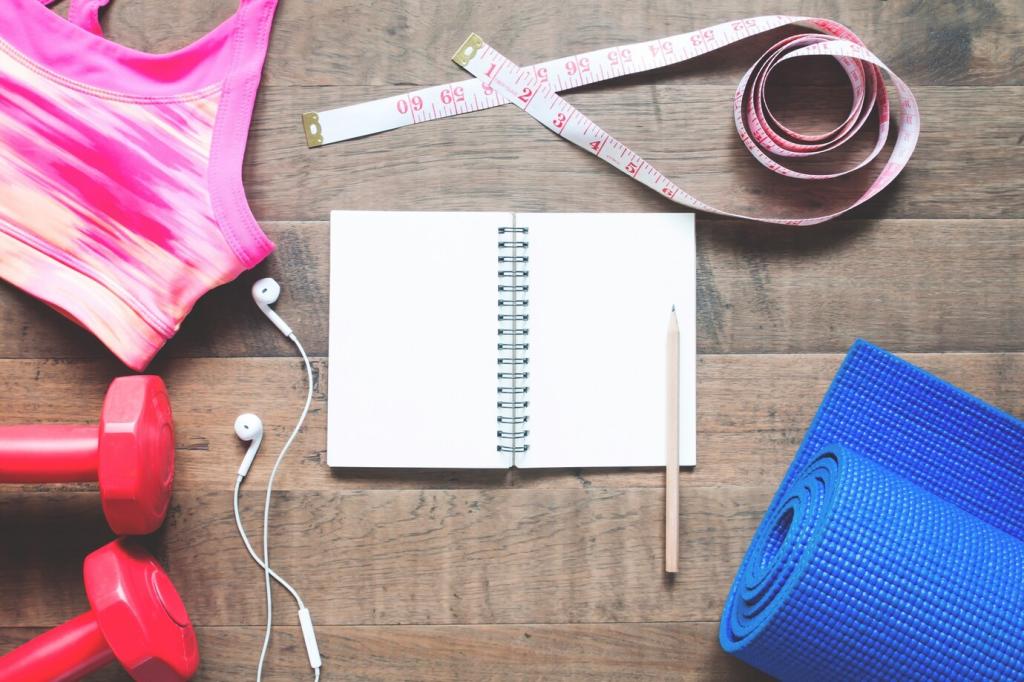Why Rest Days Make You Stronger
Training creates tiny muscle microtears; rest days provide the window for fibers to rebuild thicker and more coordinated. During recovery, your body ramps up protein synthesis, fortifies connective tissue, and restores energy stores. Skipping rest blunts these gains, while honoring it converts yesterday’s stress into tomorrow’s strength. Comment with a time you felt unexpectedly stronger after truly resting.
Why Rest Days Make You Stronger
Strategic rest helps regulate stress hormones and supports the release of growth-promoting signals associated with deep sleep and recovery. When you pause, your nervous system shifts from constant alert to restoration, improving focus and coordination. Many athletes notice calmer mornings and steadier energy after planned breaks. If this resonates, tap subscribe and join our weekly reminder to recharge on purpose.
Why Rest Days Make You Stronger
Most overuse injuries creep in gradually when intensity outpaces recovery. Rest days reduce repetitive strain, let tendons and ligaments catch up, and keep small aches from becoming sidelining issues. Think of rest as routine maintenance for a long, adventurous training life. Share your proactive maintenance tip—ice, mobility, or simply doing less—and inspire someone to protect their progress.
Why Rest Days Make You Stronger
Lorem ipsum dolor sit amet, consectetur adipiscing elit. Ut elit tellus, luctus nec ullamcorper mattis, pulvinar dapibus leo.






